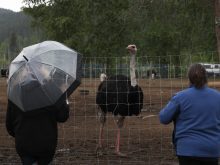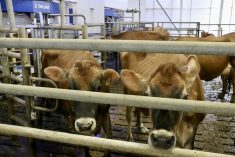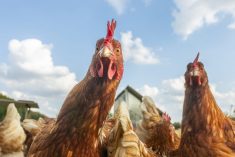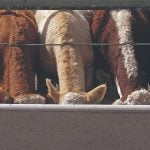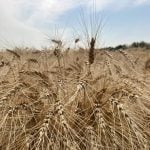The fundamentals still look strong for cattle prices, despite recent hiccups in the futures market, says a market analyst, but for those buying stockers, a little risk management can go a long way.
The bovine influenza A virus has infected one person so far but the risk to people and cattle seems low, says Brian Perillat, agribusiness specialist at Bullseye Feeds. However, it has introduced unwanted risk to a red-hot cattle market.
“Some of these people have bought very expensive calves anticipating much higher prices. And now there’s some question as to whether those high prices will actually be attained or not.”
Read Also
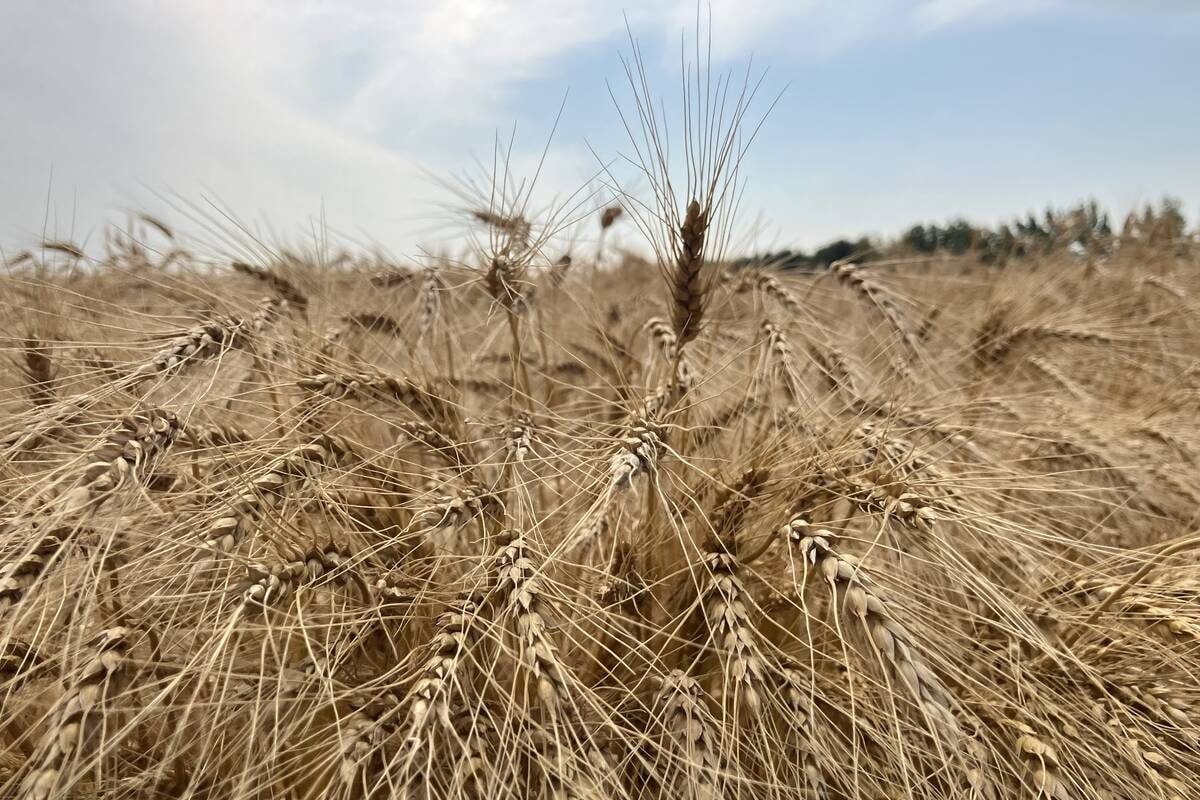
Prairie Wheat Weekly: Prices rise as harvest ends
Despite weaker U.S. futures, Western Canadian wheat prices increased during the week ended Oct. 9, 2025.
The question is whether fears around bovine influenza will affect demand, Perillat adds. The old saying is that supply determines the price trend, but demand drives the magnitude of the price change, he says.
At these price levels, “mistakes or market shifts become that much more costly.”
Perillat says people buying calves should have a plan and know their break-evens. Though the markets have dropped, producers could still lock in a break-even on a grasser program using price insurance.
Some might have locked in profits but without knowing break-evens, it’s “pretty hard to build a risk management plan.”
Price insurance is similar to a put option, in that both protect the downside, says Perillat. Some people buy put options on feeder cattle futures directly from the Chicago Mercantile Exchange.
Puts have to be bought in 50,000-pound increments and can still be fairly costly. But they do provide flexibility because they can be sold during the feeding period as market or risk management strategies change.
Producers also have all the risk around the Canadian dollar and basis with puts, Perillat notes.
Feeders can sell yearlings immediately, if the risk exceeds their tolerance, and “rent the grass,” Perillat says. Or they can forward sell, although that means they’re locked into the market.
If people want to capitalize on rising markets, they can buy call options. They could also sell their calves and buy futures, although Perillat notes few people do that, and it’s not necessarily something he recommends.
“You’re just transferring the risk from the cattle ownership to a futures position,” he says, adding he hesitates to even bring it up. But it is a technical option for those who follow basis levels and understand the ins and outs of the market.
Those running yearlings don’t necessarily need to commit to one option, either, especially if they have big numbers. They can, for example, buy price insurance, forward sell some calves and buy a put option, or any other combination of those.
Cow-calf producers have fewer risk management options than most stockers or feedlots.
It’s a challenging time to forward-sell calves, but cow-calf producers could consider that, Perillat says.
Ideally, a producer would have an even, large group of similar calves to sell, or perhaps a neighbour with similar cattle to team up with and attract interest. However, if the market recovers, producers are locked in at the weaker price.
The good news is that cow-calf producers are still in a strong position. Though price insurance coverage has dropped due to bovine flu, cow-calf producers can still lock in a profit, Perillat says. He often suggests buying price insurance in small bites, 10 or 20 per cent at a time.
“You may not like this price today, this coverage. But if you have 20 per cent locked in and it does get worse, you at least have some locked in.”
If there is a market bump in the next month, producers can lock in more, at a better price. Put options can also work for cow-calf producers, he adds.
Perillat, former senior analyst and manager of Canfax, remains a big supporter of that organization, which provides “great market information.” It’s also helpful to follow the futures markets.
Don’t start hedging right away, he advises. Perillat recommends that producers initially follow the trend and see how it compares to the previous month, how much the futures move day to day and how they look in 2025 compared to today.
Given the stakes, some beef producers might consider hiring a cattle market advisor, Perillat says, or finding a peer group focused on marketing.




